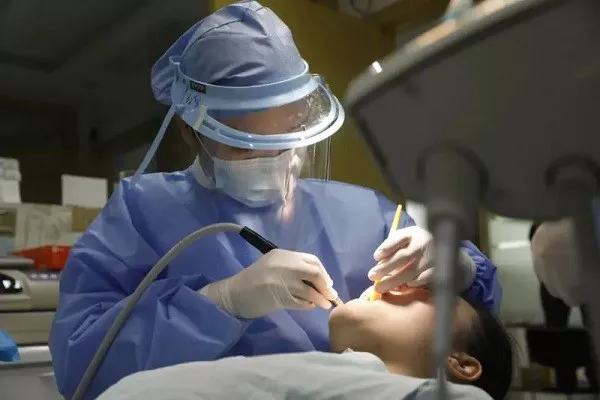Gum disease, also known as periodontal disease, is a common oral health concern that affects millions of people worldwide. It is caused by a build-up of harmful bacteria in the mouth, which can lead to inflammation and damage to the gums, teeth, and supporting bone structure.
While regular brushing and flossing are essential for maintaining good oral hygiene, they may not be enough to prevent or treat gum disease. In such cases, a deep cleaning procedure may be necessary to remove the build-up of plaque and tartar that can contribute to the development of gum disease.
In this article, we will explore what deep cleaning for gum disease is all about, and how it can help you achieve optimal oral health.
Understanding Gum Disease
Before delving into deep cleaning, it is essential to understand what gum disease is and its causes. This section will cover:
- Types of Gum Disease
There are two types of gum disease – gingivitis and periodontitis. Gingivitis is the milder form of gum disease and is characterized by red, swollen, and bleeding gums. On the other hand, periodontitis is a more severe form of gum disease that can cause irreversible damage to the gums, teeth, and bone.
- Causes of Gum Disease
Several factors can contribute to the development of gum disease, including poor oral hygiene, smoking, genetics, medical conditions such as diabetes, and certain medications.
What is Deep Cleaning for Gum Disease?
Deep cleaning, also known as scaling and root planing, is a dental procedure that involves removing plaque and tartar from below the gum line. This section will cover:
- The Deep Cleaning Procedure
The deep cleaning procedure is typically performed in two stages – scaling and root planing. Scaling involves removing the plaque and tartar from the teeth and gum line, while root planing is the process of smoothing out the root surfaces to promote healing and prevent further bacterial growth.
- Benefits of Deep Cleaning
Deep cleaning can have several benefits for individuals with gum disease, including reduced inflammation, improved oral hygiene, and prevention of further damage to the teeth and gums.
Who Needs Deep Cleaning for Gum Disease?
Not everyone with gum disease may require deep cleaning. This section will cover:
- Signs and Symptoms of Gum Disease
Knowing the signs and symptoms of gum disease can help you determine whether you need deep cleaning. These include red, swollen, or bleeding gums, bad breath, and loose teeth.
- Diagnosis of Gum Disease
Your dentist can diagnose gum disease through a physical examination and various diagnostic tests, such as X-rays and periodontal probing.
How to Prepare for Deep Cleaning
Preparing for deep cleaning involves several steps to ensure that the procedure is successful. This section will cover:
- Pre-Procedure Instructions
Before the deep cleaning procedure, your dentist may provide specific instructions to follow, such as avoiding certain foods and medications.
- What to Expect During Deep Cleaning
Knowing what to expect during the procedure can help alleviate any anxiety or fear you may have. Your dentist may use local anesthesia to numb the areas being treated and may use specialized tools to remove the plaque and tartar.
Aftercare Following Deep Cleaning
Proper aftercare is essential to ensure the success of the deep cleaning procedure. This section will cover:
- Post-Procedure Instructions
After the deep cleaning procedure, your dentist may provide specific instructions to follow, such as avoiding smoking and consuming alcohol.
- Follow-Up Appointments
Regular follow-up appointments with your dentist are crucial to monitor the success of the deep cleaning procedure and ensure that your gums remain healthy.
Deep cleaning for gum disease is a crucial aspect of maintaining optimal oral health. By understanding the causes and symptoms of gum disease, preparing for the procedure, and following proper aftercare, you can promote healing and prevent further damage to your teeth and gums. Consult with your dentist to determine whether deep cleaning may be necessary for your specific needs.
Related Topics:






























